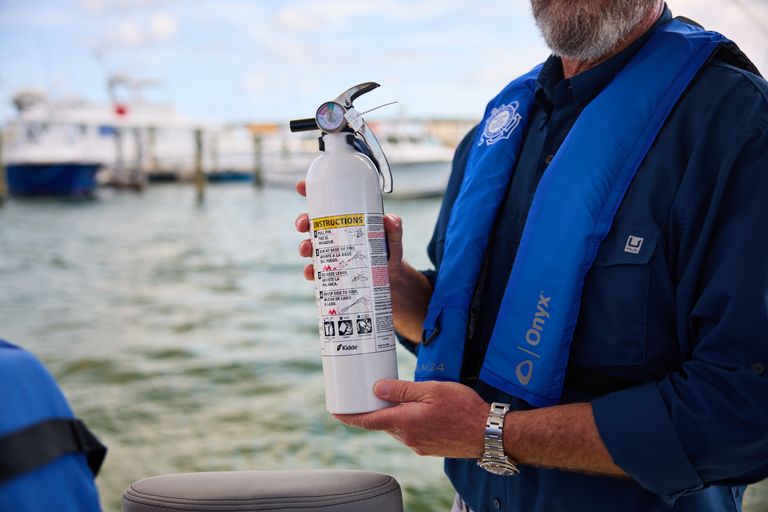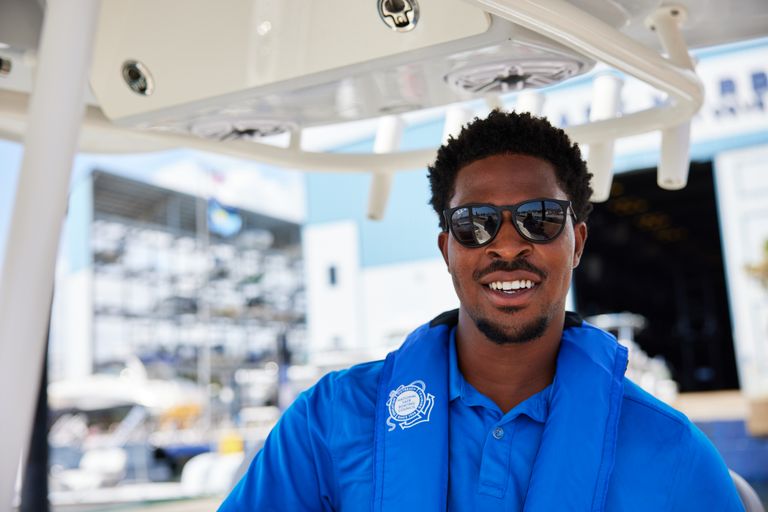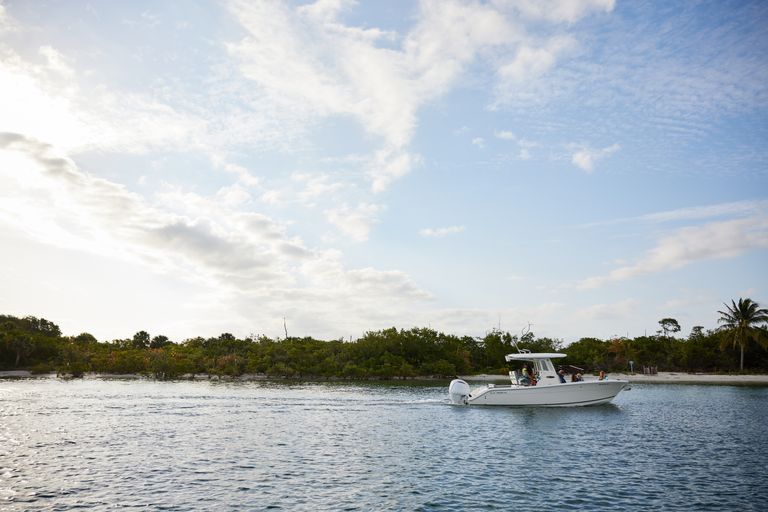What Boaters Should Know About Planing Speed
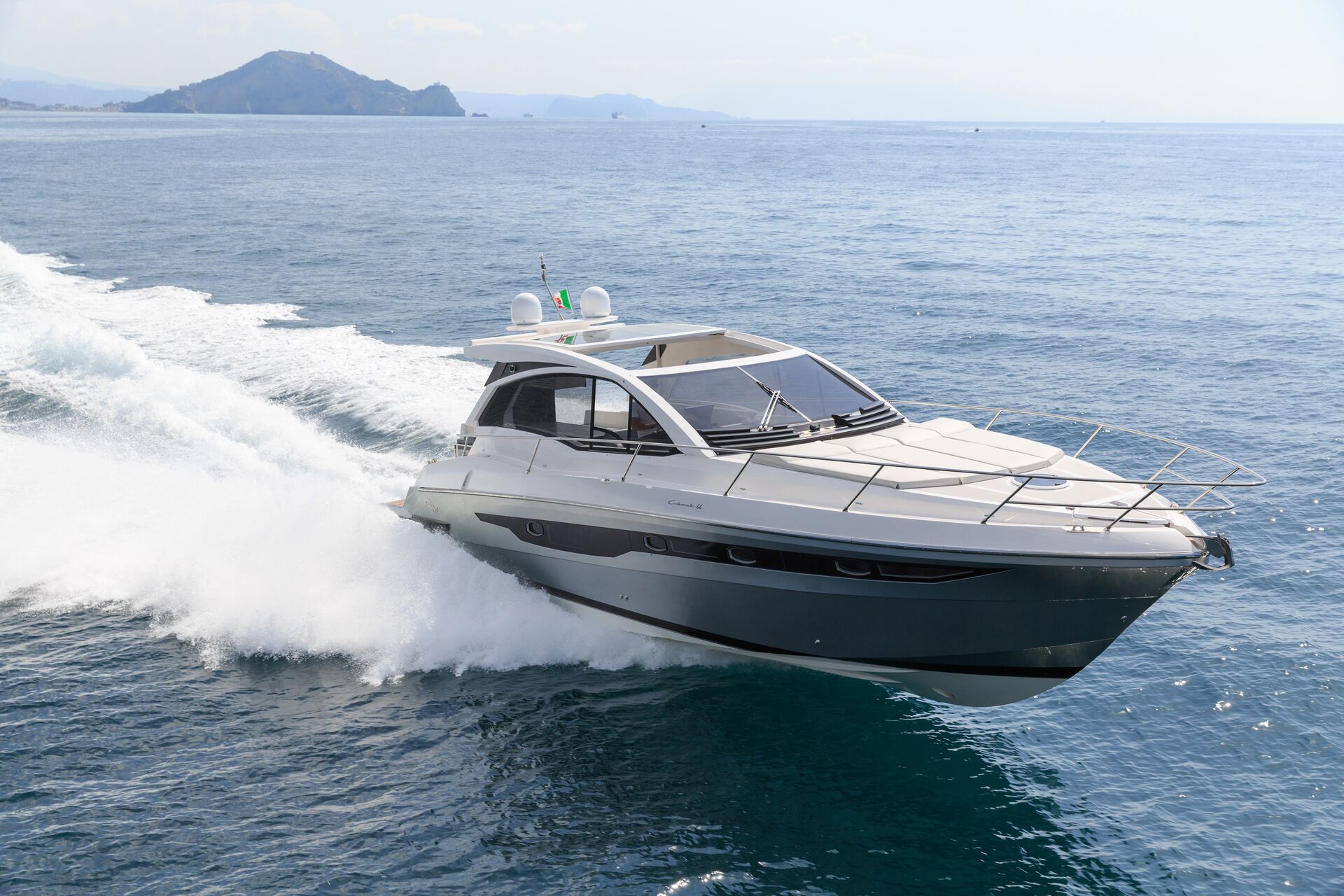
Planing occurs when a boat rides on top of the water instead of passing through it. Typically, that happens at higher speeds where the boat appears to "skim" its way across the surface.
Understanding how this occurs and how it can affect boat performance is essential for fuel efficiency, safety, and other factors.
Before heading out on the water with your craft, make sure you know how to operate it safely and efficiently. Then, you can have more fun on all your adventures. Here's what to consider about boat planing speed.
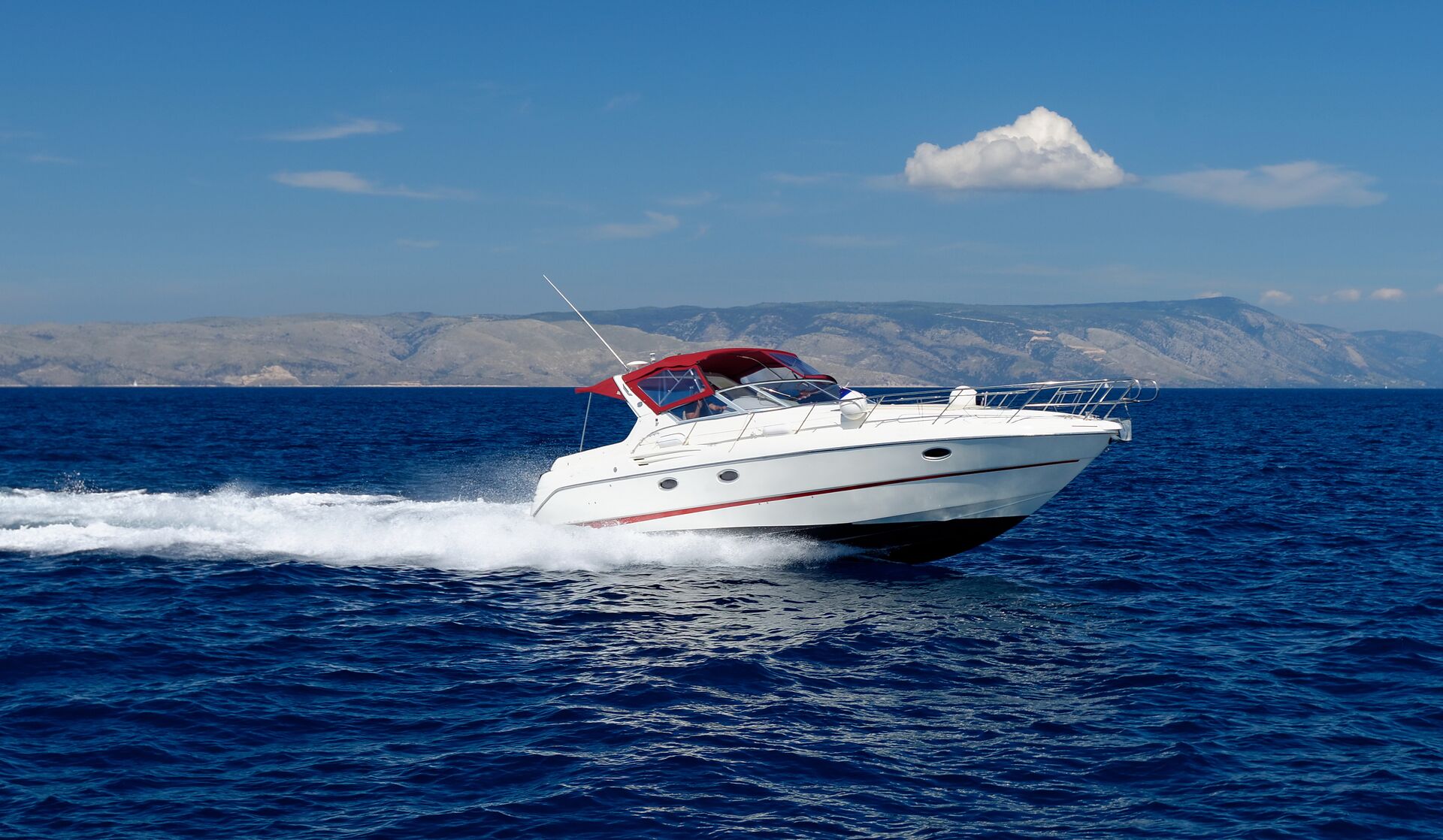
How Planing Speed Affects Boat Performance
When your boat is planing, you can experience higher speeds and reduced drag on the boat's hull. That means you'll get better fuel efficiency, which can make a big difference in the value you get from your boat, especially if you use it frequently.
Boats on a plane handle differently than when they're not, which can mean faster speeds, which give you smoother and more stable rides on your vessel. Being on a plane can help even out your ride during choppy conditions, for example.
An appropriate boat planing speed can reduce the strain on your craft's engine, helping to extend its lifespan and allowing you to enjoy it longer. Anything you can do to encourage your boat's engine to last longer is typically a good choice.
How to Determine the Plane Speed of Your Boat
A number of factors influence the speed at which your boat reaches a plane, such as its size, hull design, weight distribution, and engine power. Testing and finding the sweet spot are the places to start when determining that speed.
The best way to do that is to test it under different conditions, such as during rough and calm waters, so you can find the optimal speed that works for you.
Also, take a look at manufacturer recommendations. By referring to your boat and engine manuals for specific plane speed recommendations, you can learn a lot about how your boat handles and the best way to operate it.
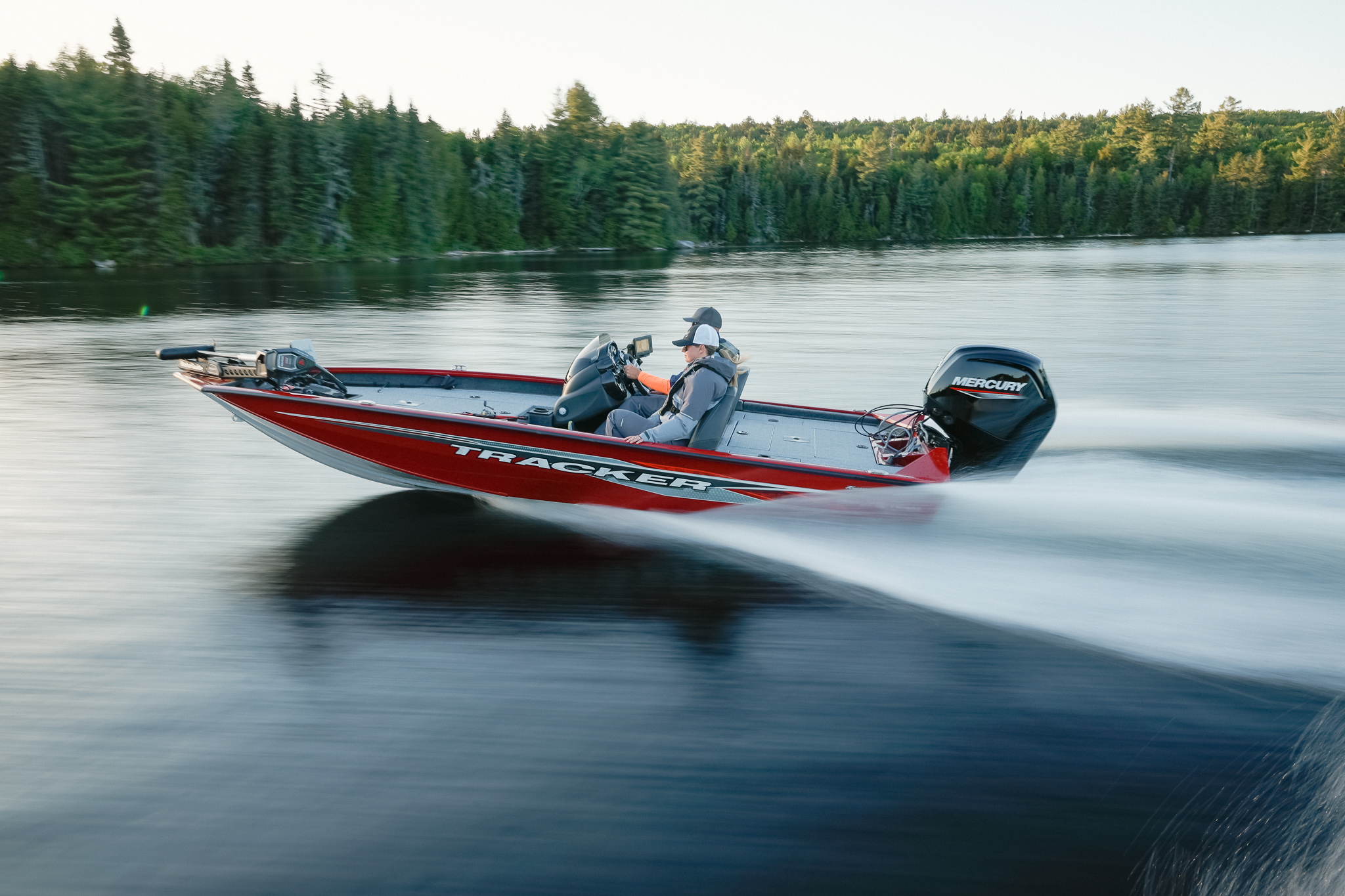
Safety Considerations at Plane Speed
When you're moving through the water at a high rate of speed, one of the most important considerations is your surroundings. You need to be aware of where you are and what's nearby, which means being vigilant and aware of other boats, swimmers, and obstacles you could encounter.
Proper trim adjustment is also crucial to operating safely at higher speeds. When you trim your boat correctly, you can improve its performance and your safety on the water.
Weather and water conditions matter, too. Changes such as the movement of the tides affect how well your boat planes in specific circumstances. That means you'll need to adjust your speed accordingly to get maximum benefit from your efforts.
Tips for Achieving and Maintaining Plane Speed
When you want to get up to speed quickly and maintain it steadily, focus on smooth acceleration. As you gradually increase your speed, you can help your boat smoothly transition to its plane.
You also need to be aware of your craft's weight distribution, which can help you achieve the right speed and a proper plane. If you have too much weight at one end of the boat or to one side of it, you won't have success with the speed and stability you need.
Regular maintenance is another way to help your boat's plane properly. When you keep the boat and engine well-maintained, you create the opportunity for optimal performance, which makes things easier.
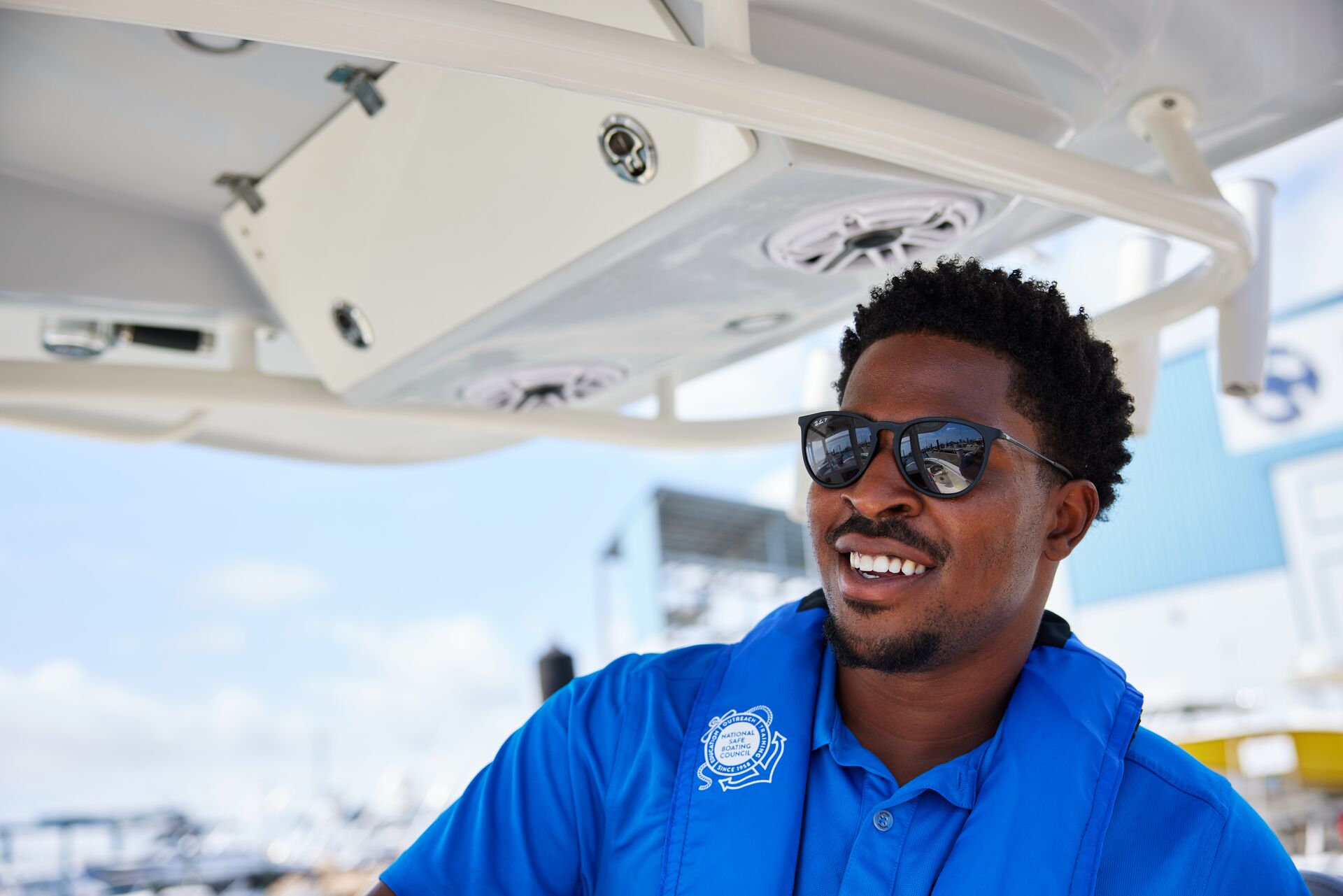
Common Challenges and How to Overcome Them
One of the biggest challenges you might experience is difficulty achieving a plane. That can come from an underpowered engine or improper weight distribution, and you may need to move some things around and even get a larger engine if you want to plane successfully.
Rough waters can be tricky to plane in because of the choppy conditions your boat is experiencing. Faster speeds generally help you skip across the water's surface more easily, so you want to make sure your boat has the power to keep moving even when the water is working against you.
Environmental and Legal Considerations
High-speed boating can have some environmental implications that you'll want to be aware of and can cause damage to ecosystems if you're boating in areas where you could harm wildlife.
There may also be legal implications to operating your boat this way, so make sure you're in a location where you can operate your boat at this speed without breaking laws and with minimal risk to others and the environment around you.
Local speed regulations matter, and you want to avoid fines and ensure safety as much as possible. Knowing and following the laws is a great way to help you plane your boat safely.
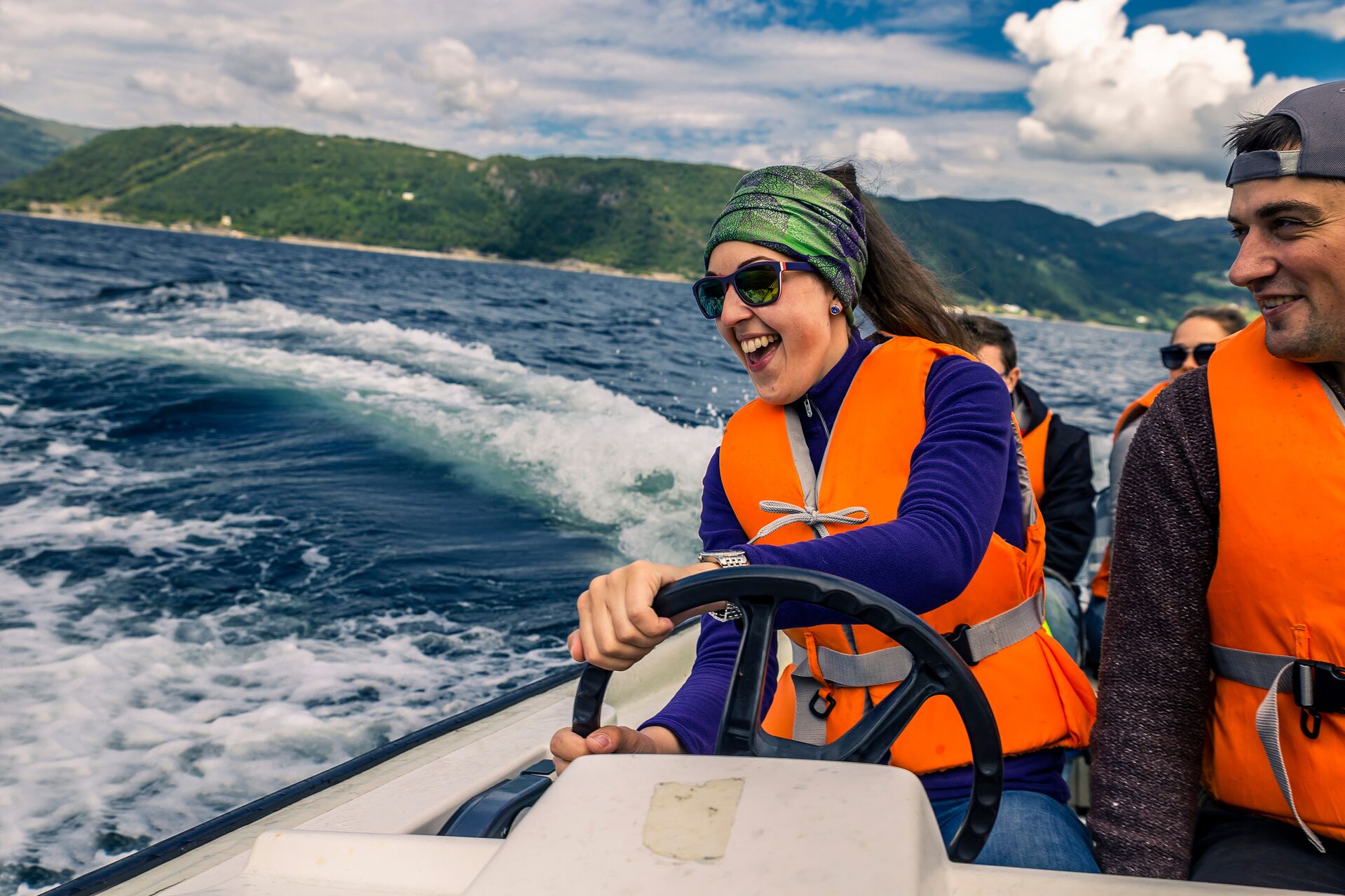
Learn More About Safe Boat Handling With BOATERexam
Knowing how to safely operate your boat — at any speed, including planing speed — is essential before you take your boat out.
One of the best ways to learn boat operating and safety essentials is to take an online boater education course through BOATERexam. Our courses are engaging and informative, making learning, passing the exam, and getting your boating license easy.
Taking a course before hitting the water this season is the right choice and can help ensure that you're knowledgeable and confident when you get behind the wheel of your vessel.
If you boat in Canada, take our course for Canadians, which meets Transport Canada requirements for boater education. U.S. boaters can choose the course for the state where they boat! Our courses also meet your state's requirements for boater education.

